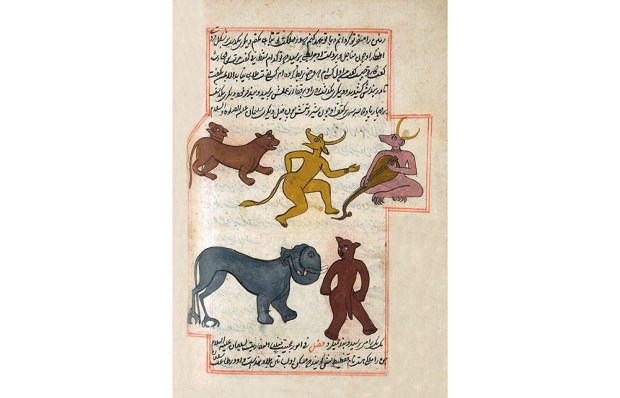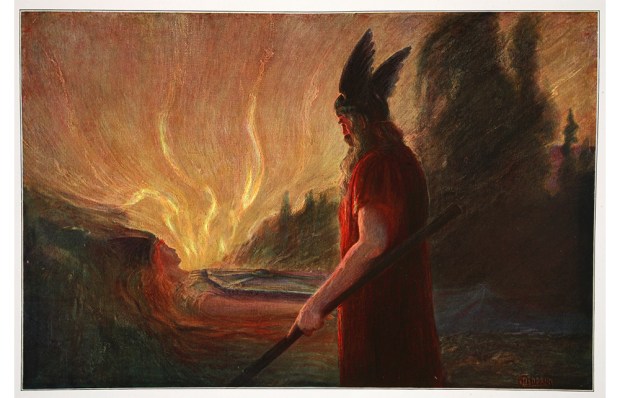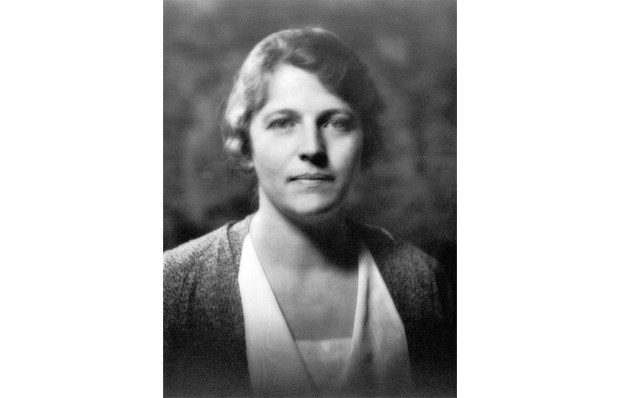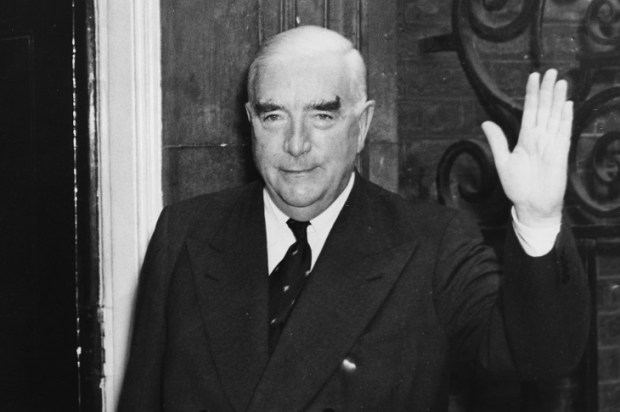Where is science bred? Is it where the physical circumstances are right – clear skies for astronomy, for example? Where raw materials are abundant – coal for organic chemistry? Where minds freely meet? Where the enlightened patron rules?
Violet Moller’s first book, The Map of Knowledge, examined the spread through the centuries of the ideas of Galen, Euclid and Ptolemy by focusing on seven, mainly Mediterranean cities, from Alexandria to Venice, where scientific knowledge was gathered, augmented and promulgated anew, ensuring the survival of classical learning into the modern period.
Already a subscriber? Log in
Subscribe for just $2 a week
Try a month of The Spectator Australia absolutely free and without commitment. Not only that but – if you choose to continue – you’ll pay just $2 a week for your first year.
- Unlimited access to spectator.com.au and app
- The weekly edition on the Spectator Australia app
- Spectator podcasts and newsletters
- Full access to spectator.co.uk
Unlock this article
You might disagree with half of it, but you’ll enjoy reading all of it. Try your first month for free, then just $2 a week for the remainder of your first year.














Comments
Don't miss out
Join the conversation with other Spectator Australia readers. Subscribe to leave a comment.
SUBSCRIBEAlready a subscriber? Log in